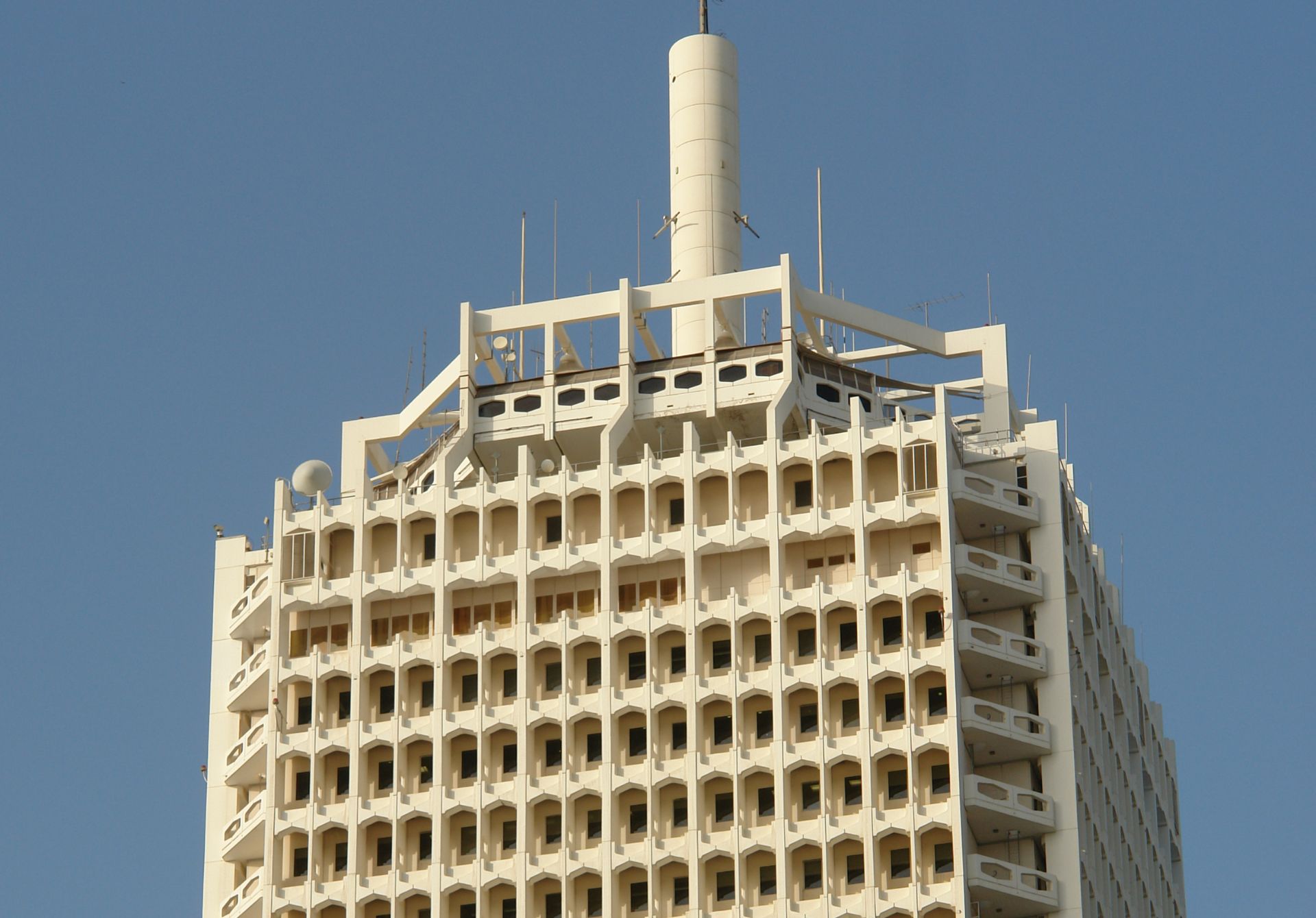Situated along the iconic Sheikh Zayed Road, the Dubai World Trade Centre (DWTC) stands as a testament to the emirate’s meteoric rise as a global business hub. This article explores the significance of the DWTC, its impact on Dubai’s economy, and the role of Sheikh Zayed Road in shaping the city’s urban landscape.
History and Evolution of the Dubai World Trade Centre
The Dubai World Trade Centre, inaugurated in 1979, was the first skyscraper to grace Dubai’s skyline. Standing at 184 meters tall, it was once the tallest building in the Arab world. The brainchild of Sheikh Rashid bin Saeed Al Maktoum, the DWTC was envisioned as a catalyst for Dubai’s economic diversification and international trade ambitions.
Over the decades, the DWTC has evolved from a single tower into a sprawling complex that includes: – The original 39-story office tower – Dubai International Convention and Exhibition Centre – Novotel and Ibis hotels – Residential apartments – Several multi-purpose halls
This expansion reflects Dubai’s growth from a modest trading port to a global business powerhouse.
Economic Impact of the Dubai World Trade Centre
The DWTC has played a pivotal role in Dubai’s economic transformation. Some key statistics highlight its significance:
– In 2019, the DWTC hosted over 3.5 million visitors across 350 events – The complex contributes over AED 13.1 billion (approximately $3.56 billion) to Dubai’s economy annually – It supports more than 84,000 jobs as of 2022 – The DWTC has been instrumental in attracting foreign direct investment, with numerous multinational corporations establishing regional headquarters in the complex
These figures underscore the DWTC’s position as a cornerstone of Dubai’s events and exhibitions industry, which has become a major contributor to the emirate’s non-oil GDP.
Sheikh Zayed Road: The Artery of Modern Dubai
Named after the UAE’s founding father, Sheikh Zayed bin Sultan Al Nahyan, Sheikh Zayed Road is more than just the location of the DWTC—it’s the backbone of Dubai’s urban development.
Key facts about Sheikh Zayed Road include: – It spans approximately 55 kilometers, connecting Dubai to Abu Dhabi – The road hosts some of Dubai’s most iconic skyscrapers, including the Burj Khalifa and Emirates Towers – It carries an estimated 450,000 vehicles daily – The Dubai Metro’s Red Line runs parallel to much of Sheikh Zayed Road, enhancing accessibility
The development along Sheikh Zayed Road mirrors Dubai’s rapid urbanization and economic growth. From the DWTC in the 1970s to the futuristic Museum of the Future opened in 2022, the road showcases Dubai’s evolution over the past five decades.
The DWTC’s Role in Dubai’s Vision 2040
Looking ahead, the Dubai World Trade Centre continues to align itself with the emirate’s ambitious development plans. Dubai’s Urban Master Plan 2040 envisions the city as a global hub for business, innovation, and sustainability.
The DWTC is poised to play a crucial role in this vision: – Plans are underway to further expand the complex’s exhibition and conference facilities – The DWTC is embracing digital transformation, incorporating virtual and hybrid event capabilities – Sustainability initiatives are being implemented across the complex, in line with Dubai’s green economy goals
These developments ensure that the DWTC remains at the forefront of Dubai’s economic strategy, continuing its legacy as a driver of growth and innovation.
Challenges and Opportunities
While the DWTC and Sheikh Zayed Road have been instrumental in Dubai’s success, they also face challenges:
– Traffic congestion along Sheikh Zayed Road remains a concern, despite ongoing infrastructure improvements – The global shift towards digital events in the wake of the COVID-19 pandemic has forced the DWTC to adapt its business model – Increasing competition from other regional business hubs challenges Dubai’s position as the premier destination for trade and events
However, these challenges also present opportunities for innovation and growth. The DWTC’s ability to evolve and adapt has been key to its enduring success, and this resilience will be crucial in navigating future changes in the global business landscape.
The Dubai World Trade Centre and Sheikh Zayed Road are more than just landmarks—they are symbols of Dubai’s remarkable journey from a small trading post to a global metropolis. The DWTC’s evolution mirrors the city’s growth, serving as a catalyst for economic diversification and international trade. Meanwhile, Sheikh Zayed Road has transformed from a simple highway into a spectacular urban corridor, showcasing Dubai’s architectural ambitions and economic prowess.
As Dubai continues to evolve and pursue its Vision 2040, the DWTC and Sheikh Zayed Road will undoubtedly play crucial roles in shaping the emirate’s future. Their ability to adapt to changing economic landscapes, embrace technological advancements, and foster innovation will be key to maintaining Dubai’s position as a leading global business hub in the decades to come.
